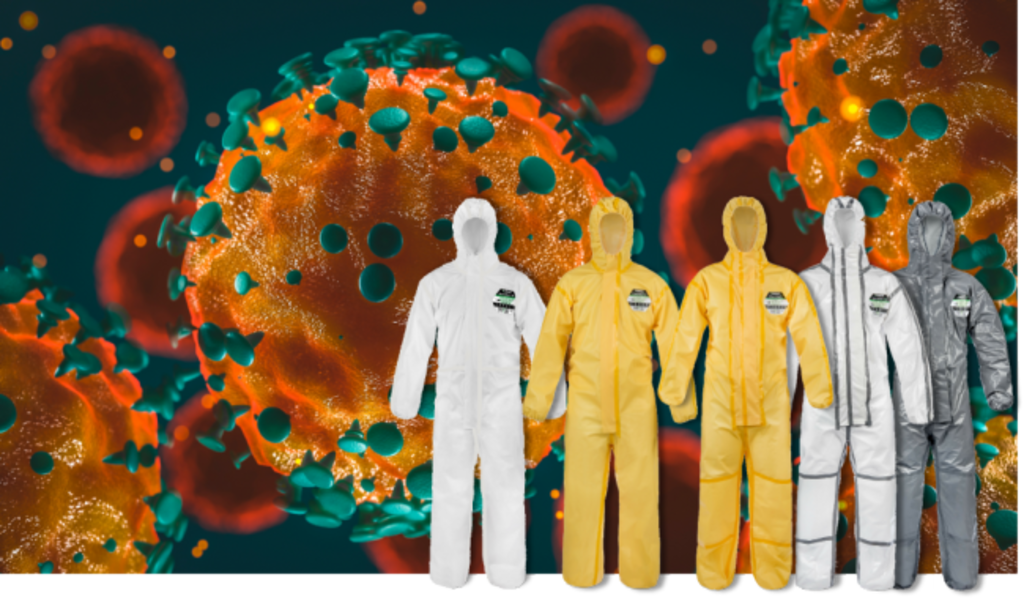
Kelly Rose
Editor

Kelly Rose
Editor
The current unprecedented global challenge presented by Covid-19 will almost inevitably mean changes in all our lives that don’t just last the three or four weeks of a ‘lockdown’ but may well be permanent. Undoubtedly there are lessons to be learned and specifically in the safety industry it is another lesson, as if there weren’t already plenty, highlighting that comfort is a safety issue.
In selecting PPE such as protective clothing there are three important factors; protection, cost and comfort. Inevitably and quite rightly protection is always the priority and a risk assessment should indicate both the risk of the hazard occurring and the consequences if it does; if both the risk is high and the consequences grave then protection must always be the primary concern.
Cost of course is also critical. Managers have a legal and moral responsibility to ensure costs are kept to a minimum in order maximise the return to the stakeholders in the business, though it goes without saying that protection should never be compromised in favour of cost – and of course the good manager will take the longer perspective and recognise that compromising protection is likely in any case to lead to large and possibly crippling future business costs in the form of legal charges and compensation payments following an incident. In fact, the consequences of not properly protecting people may be even graver and not just financial; incarceration for managers and directors could well be a result in the worst cases. Cost however, must remain a key consideration. It’s all a question of balance.
But what about comfort? Where does comfort fit in this balancing act?
Too often comfort is left as the poor relation of protection and cost. Comfort is nice if it can be reasonably achieved, but only if the other two remain unaffected. And yet it can be vital to realise that comfort is also likely to have an important effect on protection… and many news images seen during the Coronavirus crisis – such as the one here – only highlight the point.
The image shows a worker in Ukraine disinfecting a bus which presumably had had a known infected person on it.
Note the neck of the garment. The zip is left down by several inches leaving the neck exposed. Generally workers do this because these types of coveralls feature fabric with poor breathability and so are not comfortable to wear. So the zip is left partially down to allow a little breathability.
Yet the fact is, PPE is designed to protect against hazards and is designed to be worn in a correct way to ensure that protection. If not worn correctly protection is compromised. Unfortunately, if PPE is uncomfortable then workers will almost inevitably look for ways – like this - to make it more comfortable.
And this is not the only example during the current crisis. The link below shows another, similar scene in Taiwan
This is nothing new and is not limited to the Coronavirus response. This type of “adjustment” of protective clothing and the consequence of compromised protection is common in many factories in many places.
Disposable chemical protective clothing is particularly susceptible to this effect. Garments will often be seen with zips pulled partially down, holes torn in the back to allow air inside or even with the sleeves tied around the waist.
It would be better if workers are provided with a suit that may feature an intrinsically lesser protection level – provided it still offers adequate protection – but is sufficiently comfortable that workers will wear it properly and ensure the level of protection that should be achieved is maintained.
It was for this reason that at Lakeland we developed Cool Suits. A range of chemical resistant clothing offering protection from Type 4 to 6 against hazardous dusts and liquids but with a level of breathability achieved through the suit design. A venting system on the rear of the suit allows air in and out, whilst the design maintains the protection in the critical areas. The result is the wearer stays more comfortable for longer, thus enabling correct wearing, maintaining protection and enabling the various benefits relating to productivity and positivity derived from improved comfort.
The video below shows how Cool Suits works:
You can also download “The Ultimate Guide to Cool Suits” here



Lakeland Industries Europe Ltd
Units 9-10 Jet Park 2
244 Main Road
Newport
East Yorkshire
HU15 2RP
UNITED KINGDOM
01430 478140